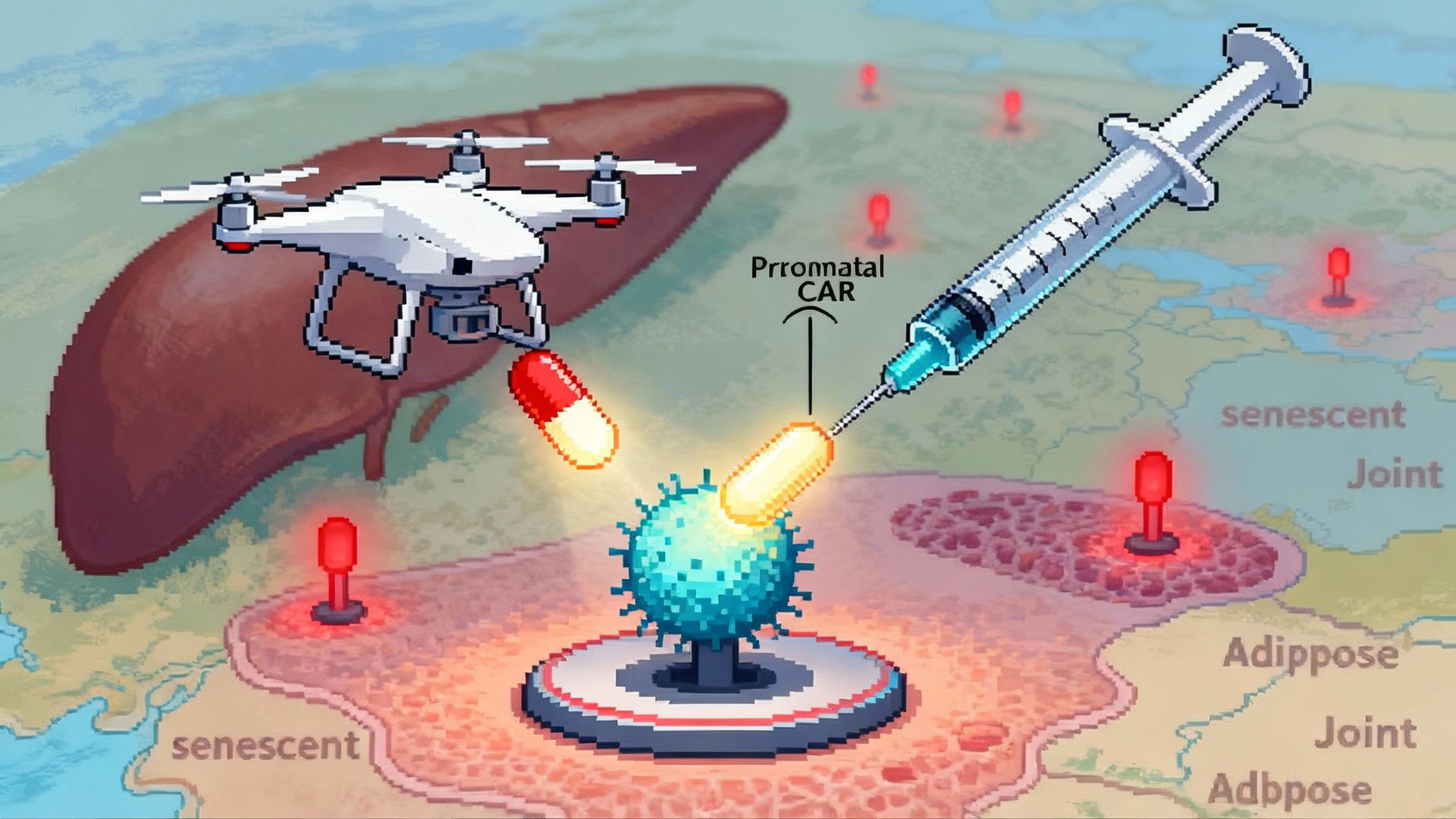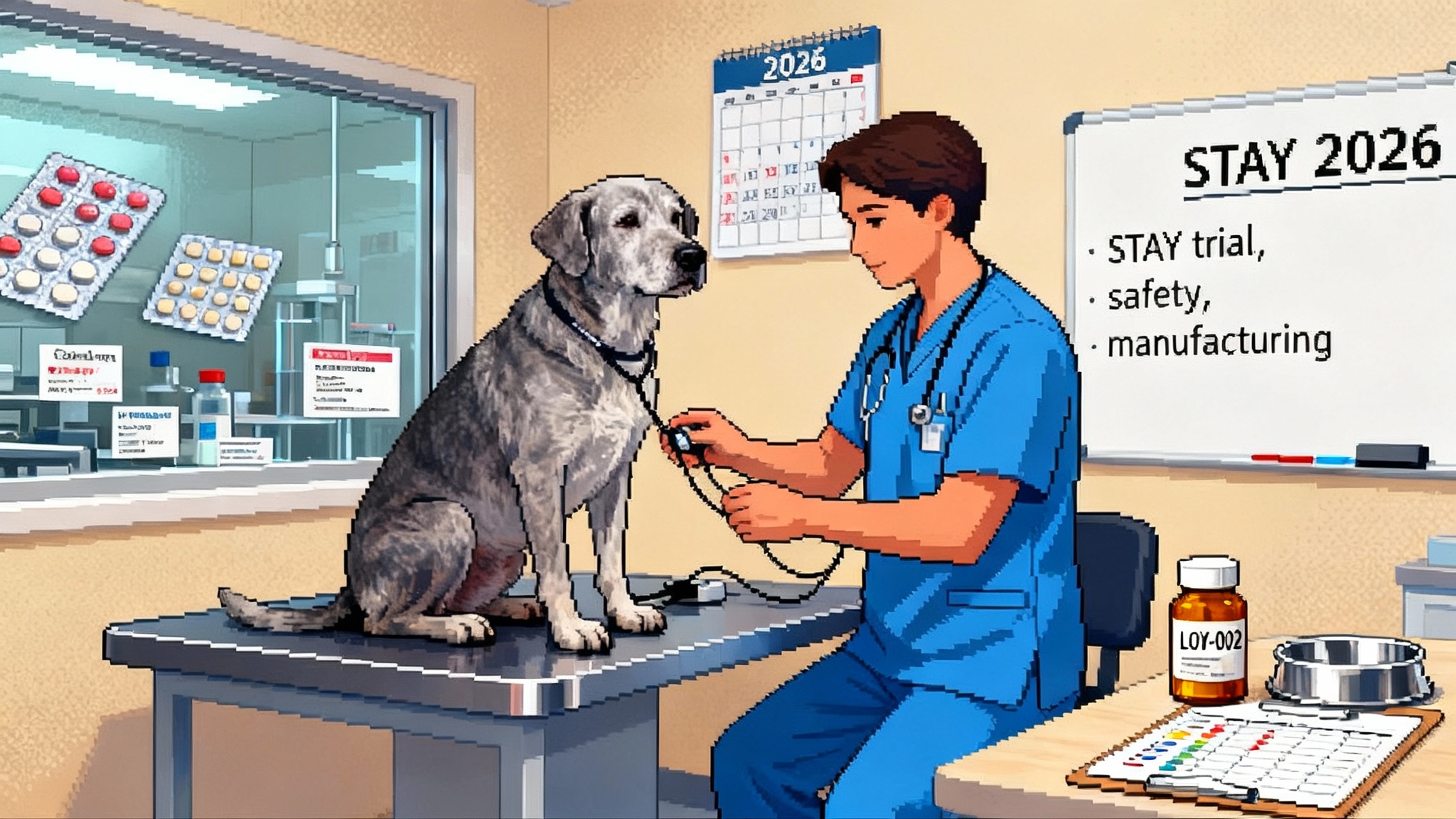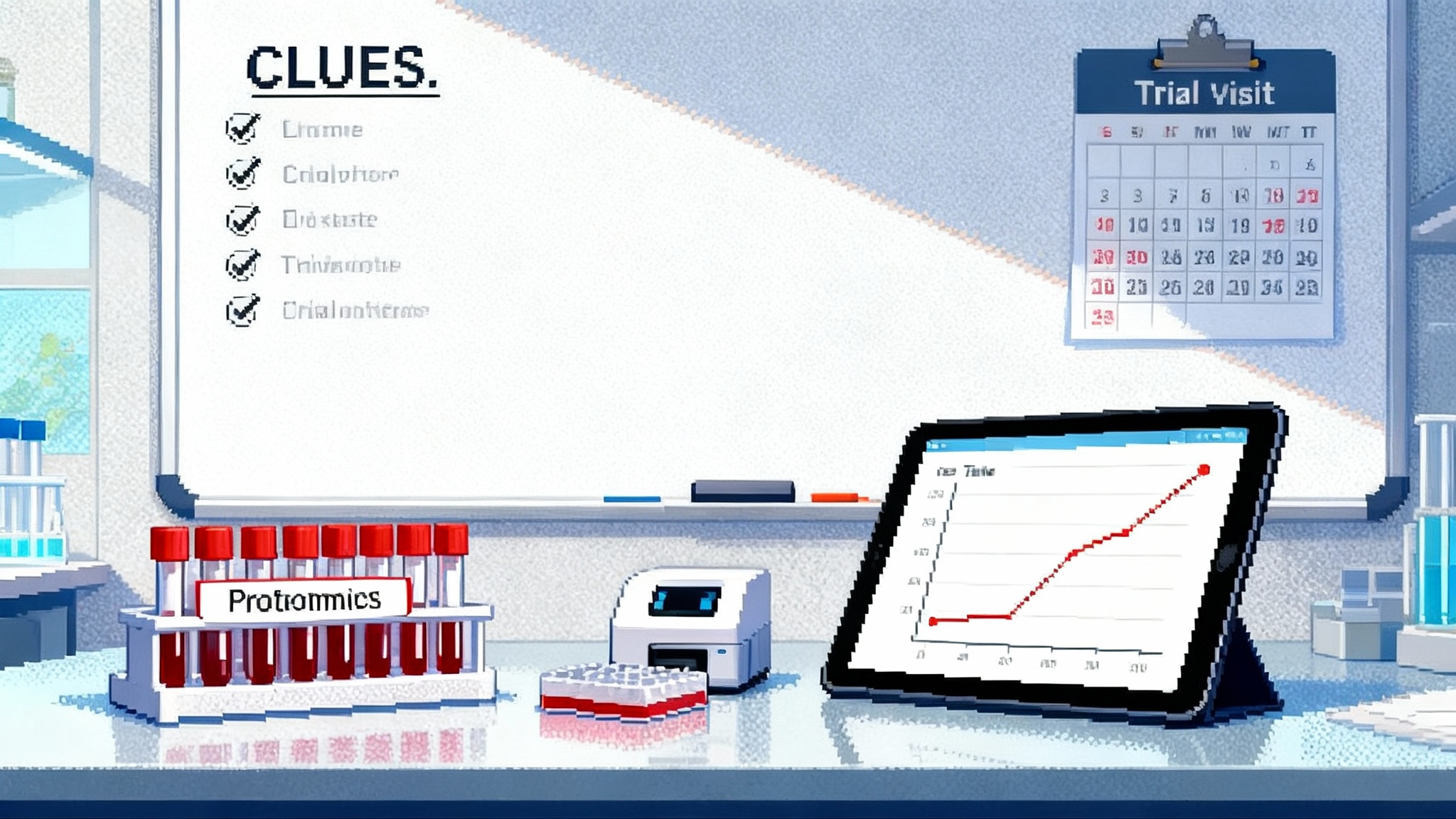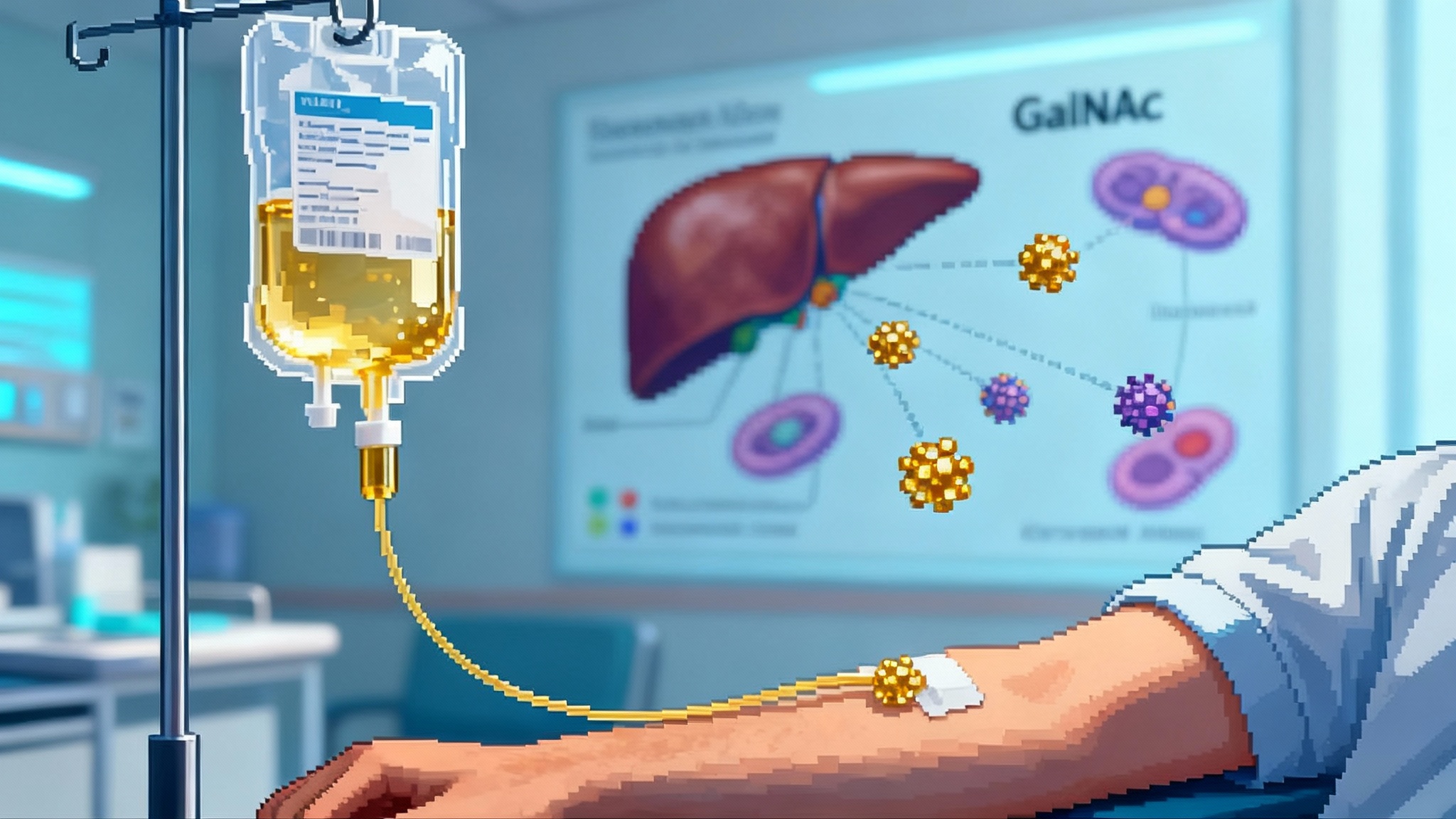PEARL lands: decoding rapamycin’s first human longevity trial
PEARL just delivered the first randomized human data on weekly rapamycin for aging. Safety looked acceptable, the primary endpoint did not move, and one sex-specific signal stood out. Here is what the study means now and the fastest path to an actual label with outcomes that matter.

The first real human test finally arrived
On April 4, 2025, the PEARL trial published the first randomized, double blind, placebo controlled readout of intermittent low dose rapamycin in healthy older adults. The paper matters for a simple reason: for two decades rapamycin has been the lab champion of lifespan extension in animals, and humans were the missing piece. PEARL gives us our first structured look at what weekly sirolimus might do in people aging in the real world. The short version: safety looked acceptable over 48 weeks, the primary endpoint did not move, and there were intriguing sex specific hints worth testing properly. Read the full study in the PEARL randomized rapamycin trial.
What PEARL actually tested
- Population: healthy, normative aging adults, 50 to 85 years old.
- Design: 48 week, decentralized, randomized, double blind, placebo controlled.
- Arms: once weekly compounded rapamycin 5 milligrams, 10 milligrams, or placebo.
- Endpoints: primary was visceral adiposity by DXA; secondary included blood biomarkers, lean tissue mass, bone mineral content, and validated surveys of quality of life and pain.
This was not a disease trial. It asked a narrow safety and healthspan question in people who were mostly well at baseline. That choice framed a signal to noise challenge from day one and reinforces the gap between biomarkers and real endpoints. For context on where the field is heading, see our overview of the aging biomarker rules reset.
Safety first, and PEARL mostly delivered that
Adverse events and serious adverse events were similar across groups. Blood biomarkers remained within normal ranges. Mild gastrointestinal discomfort was the most common nuisance. Nothing in the data suggests that intermittent weekly dosing of 5 or 10 milligrams posed unusual short term risk in this population. That matters because any longevity therapy will need a wide safety margin to win trust and reimbursement.
One caveat is formulation. PEARL used compounded rapamycin and the sponsor notes lower absorption than commercial tablets, which could blunt both risk and benefit. If future trials move to commercially manufactured sirolimus with higher bioavailability, all safety conclusions will need to be reconfirmed.
The primary endpoint did not budge
Visceral adiposity did not change significantly over 48 weeks. That does not mean the approach is futile. It says that in healthy older adults, weekly rapamycin for one year is unlikely to shrink visceral fat on its own. If you imagined PEARL as a fat burning study, it was the wrong question. If you imagined it as a safety and signal finder for a geroscience drug, this result is informative. It tells us where not to look next time.
A sex specific signal is the lead
Women on 10 milligrams weekly gained lean tissue mass at 24 and 48 weeks versus placebo and versus 5 milligrams. They also reported less pain. Separately, participants on 5 milligrams weekly reported better emotional well being and general health scores. These findings do not prove function improves, but they identify a target worth aiming at in the next trial. For men, a small suggestion of less visceral fat at 24 weeks in the 5 milligram arm did not persist to week 48.
Think of it like adjusting a thermostat in a drafty house. You nudge the dial and see the temperature rise in one room, but the whole house does not warm evenly. The fix is not to declare the heater broken. It is to study which vents are open, which rooms leak heat, and where to place sensors that measure comfort rather than just thermostat settings.
What PEARL did not show
- No reduction in visceral fat over 48 weeks.
- No prespecified clinical outcomes like infection rates, vaccine response, falls, hospitalizations, or disability days.
- No functional performance tests such as gait speed, chair stands, handgrip, or Short Physical Performance Battery.
- Limited power to analyze subgroups beyond the female signal on lean mass and pain.
These are not flaws unique to PEARL. They are the price of being first. You begin with an acceptable risk profile and plausible biological signals, then you graduate to outcomes that matter in daily life. For a parallel cautionary tale on biomarkers vs outcomes, see our NIH biomarker reality check.
How PEARL fits with earlier human evidence
Before PEARL, the strongest human signals for TORC1 pathway modulation came from everolimus and the catalytic inhibitor RTB101. In 2018, a phase 2a study in 264 older adults reported fewer infections and improved influenza vaccine responses after six weeks of low dose therapy, suggesting immune rejuvenation is feasible. See the 2018 immune rejuvenation study. Subsequent late phase work with RTB101 monotherapy failed on a clinical respiratory endpoint, underscoring that dose, schedule, combination strategy, endpoint definition, and population selection are decisive for success.
The fastest credible paths to a label
A drug that targets aging biology will earn its label for a concrete benefit. For rapamycin or a related agent, two credible routes stand out.
1) Prevention of respiratory infections in older adults
- Indication: reduction of laboratory confirmed respiratory infections in community dwelling adults 65 years and older during respiratory season.
- Design: 24 week randomized, double blind, placebo controlled, event driven trial, powered for a 25 percent reduction in lab confirmed infections, stratified by age bands 65 to 74 and 75 plus.
- Arms: weekly generic sirolimus with therapeutic drug monitoring to keep troughs in a prespecified range that avoids sustained TORC2 inhibition, versus placebo.
- Key outcomes: primary is incidence rate of laboratory confirmed respiratory infection; key secondary outcomes include vaccine immunogenicity in a prespecified influenza or RSV subcohort, days of activity lost, health care visits, and safety.
- Why this works: it maps cleanly to prior immune data, the endpoint is objective and clinically meaningful, and the effect can be detected within a single season.
2) Preservation of physical function and muscle in midlife and older women
- Indication: treatment of age related decline in physical function in women 55 to 80 at risk of sarcopenia.
- Design: 18 to 24 month randomized, double blind, placebo controlled trial with two exposure targets, powered for change in Short Physical Performance Battery and 4 meter gait speed; DXA lean mass is supportive, not primary.
- Arms: weekly dosing titrated to a pharmacokinetic target with built in drug holidays to limit metabolic side effects; all arms receive a standardized resistance training and protein intake program so the study tests whether rapamycin preserves or augments training responses.
- Key outcomes: co primary of Short Physical Performance Battery change and proportion with clinically meaningful gait speed improvement; secondary outcomes include chair rise time, grip strength, 6 minute walk distance, pain scores, and falls.
- Why this works: it respects the female lean mass signal from PEARL but anchors efficacy to function that payers understand. For a real world example of how aging therapies can clear regulatory hurdles, see our piece on the dogs-first longevity FDA test.
Dose and schedule should be learned, not guessed
The lesson from PEARL and from mixed RTB101 experience is that dose and schedule drive biology. Intermittent weekly dosing likely engages TORC1 while sparing TORC2, which is linked to glucose and lipid side effects with chronic exposure. But that remains an assumption until we link weekly dosing to target engagement markers in people. The next studies should pair dosing with pharmacokinetic troughs, phosphorylation readouts downstream of TORC1 in peripheral blood cells, and time windows for exercise and protein intake.
A practical example: participants could dose on a rest day, then perform resistance training 24 to 48 hours later when TORC1 activity in muscle rebounds. That design would test whether intermittent inhibition preserves autophagy and stress resilience while still allowing muscle protein synthesis to respond to training.
Rational combinations that make biological sense
- Rapamycin plus vaccination: brief preconditioning before influenza, RSV, or pneumococcal vaccination to enhance immunogenicity without chronic exposure. The 2018 data suggest this is plausible and could be validated quickly with neutralizing titers and breakthrough infection surveillance.
- Rapamycin plus structured resistance training and adequate protein: PEARL’s female lean mass signal points to a combination worth testing. Hard code training volume and protein targets so the drug is evaluated as an enabler of function, not a stand alone muscle therapy.
- Rapamycin sequencing with metabolic drugs when appropriate: if future data flag glucose or lipid issues in specific subgroups, prespecified algorithms for dose interruption or temporary use of standard metabolic therapies can keep participants safe without unblinding.
What to watch on safety and monitoring
If you are a clinician considering participation in a trial or caring for a patient enrolled in one, build a monitoring plan suited to intermittent exposure.
- Baseline and 12 week labs: complete blood count with differential, comprehensive metabolic panel, fasting lipids, hemoglobin A1c, high sensitivity C reactive protein, urinary protein to creatinine ratio. Add trough sirolimus levels during dose finding.
- Clinical checks: oral exam for aphthous ulcers, skin checks for slow healing or infections, review of vaccines, counseling on wound care and when to hold dosing around procedures.
- Exclusions and pauses: hold during active infections, avoid live vaccines during exposure, pause in advance of elective surgery, and do not expose those trying to conceive or who are pregnant.
PEARL did not reveal major new safety concerns in a healthy cohort over one year, but responsible use still means watchful waiting, especially if exposure or formulation increases in the next wave of studies.
DIY is not a strategy
Rapamycin is widely available as a generic immunosuppressant. That is precisely why uncontrolled personal experiments will muddy the waters. People differ in metabolism, comedications, and surgical needs. Without labs, target levels, and pause rules, avoidable complications become the headline. The fastest way to a safe, reimbursed, widely accessible therapy is to enroll in well designed studies that measure outcomes that matter.
What this means today
Key takeaways
- We have a first human longevity style readout supporting acceptable short term safety with intermittent weekly dosing over 48 weeks, using a lower absorption compounded product.
- We have a female specific signal in lean mass and pain that justifies a function focused trial in women.
- We do not have evidence of reduced visceral fat or broad improvements across sexes.
- We have prior human data that immune function can be tuned via this pathway, as well as a late phase failure that warns us to match dose, schedule, and endpoints to the biology.
The bottom line
PEARL is a beginning, not a verdict. Think of it as the first satellite ping rather than a full map. It tells us the signal is there, it tells us where it is strongest, and it tells us what instruments to pack for the real expedition. Now we need outcomes that change lives, not just body scans and surveys. If the next trials are built for that, the first geroscience label could come sooner than many expect.








